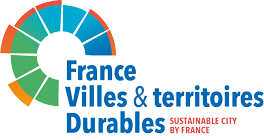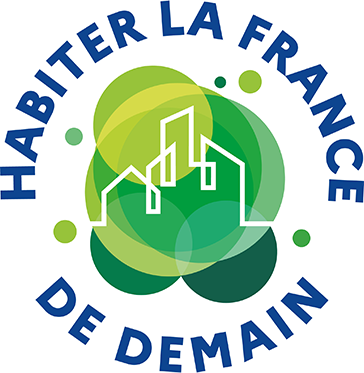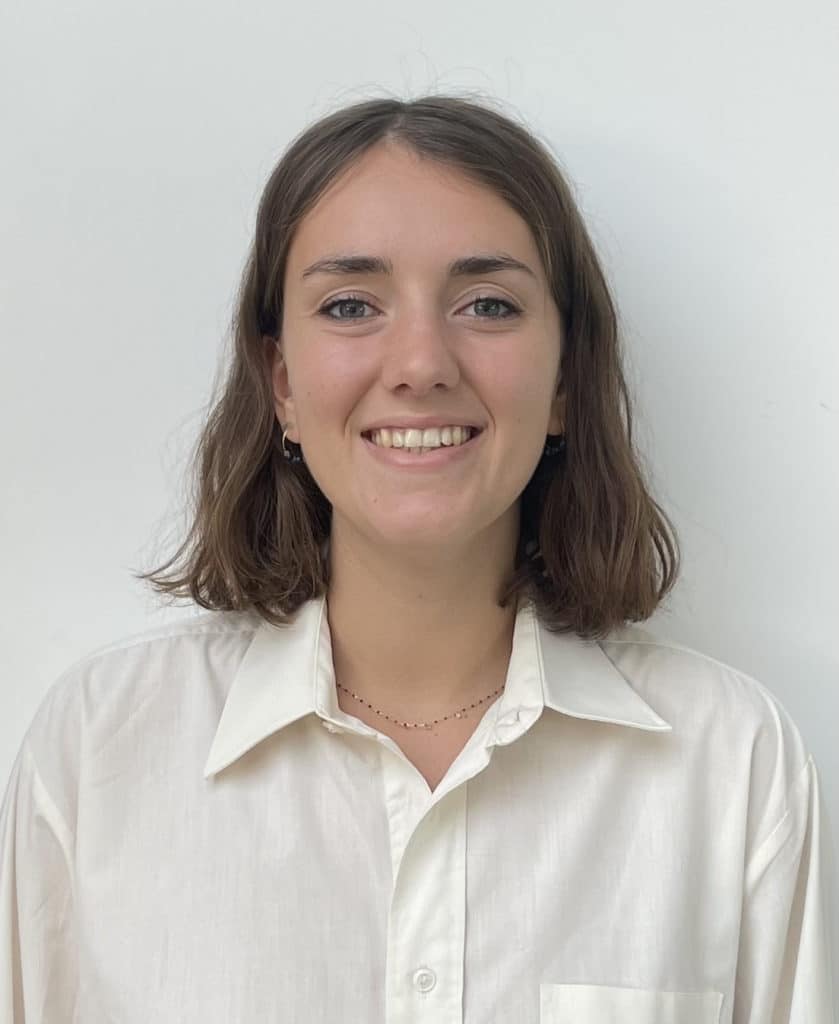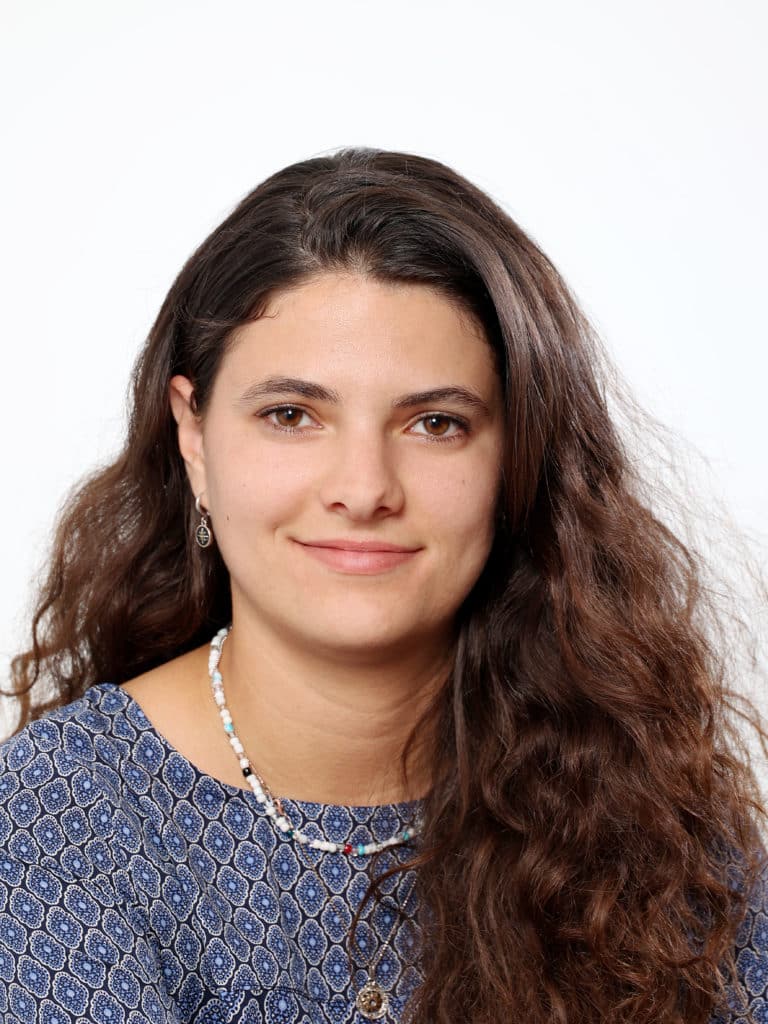3 projects located in the concerted development zone (CDZ) of Chêne Saint-Fiacre in Chanteloup-en-Brie
A project proposed by Ministry of Ecological Transition (MTE)
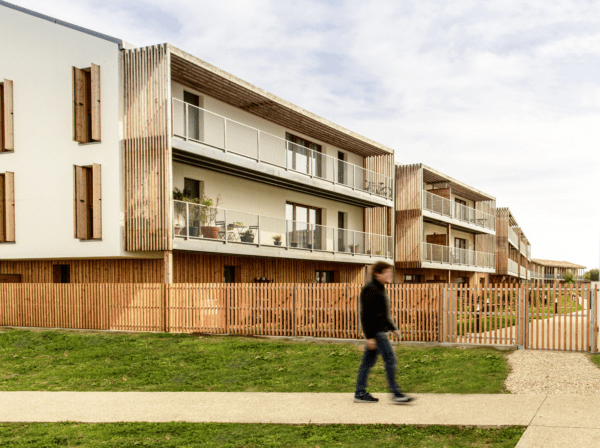
Contributor
Isabelle MORITZ (Assistant to the Head of the Development Operations Office, MTE): Isabelle.MORITZ@developpement-durable.gouv.fr
Jean-Marie QUEMENER (Head of the Development Operations Office at the MTE): Jean-marie.Quemener@developpement-durable.gouv.fr
Description
Set of 3 projects located in the concerted development zone (CDZ) of Chêne Saint-Fiacre in Chanteloup-en-Brie (in Seine-et-Marne):
- The Lodges;
- The "B-Cube" project;
- The Zero Carbon project
The Lodges: the Lodges residential program in Chanteloup-en-Brie, consisting of 35 detached houses, is a demonstrator of the innovative, intelligent and energy-efficient house. Designed in a 6-room house of 131 m², the demonstrator presents, under real conditions, all the innovations that make it possible to achieve environmental excellence and illustrate a "new way of living".
The "B-Cube" project: Made up of 62 housings for social homeownership, built by Terralia, and 30 social housing built by the developer 3F on the neighbouring lot, the "B-Cube" project is an example of three major innovations in the construction sector: the BIM digital model, wood as the only construction system, and the Bepos label (positive energy building).
The Zero Carbon project: Covering 10 individual and 48 collective housing, for social homeownership, the "Zero Carbon" project aims to be carbon neutral over 30 years. To achieve this, the program combines technological and environmental innovations with bioclimatic design.
- Construction
- Materials
- Quality of housing
- Energy
- Building
- Housing
Factsheet
- < 20,000 inhabitants
Distinction
Project evaluation*
based on contributor declaration
Criteria 1: SUFFICIENCY
The surface area of the developed land is 7845m². The building footprint is 33% with more than 40% of the land in the open air, enhanced by numerous plantings with local vegetation, shared gardens, and wetlands.
The car park is semi-buried in order to avoid earth digging and the roads and utilities have been treated with lime stabilisation (5%).
Water management is carried out on the plot with the creation of infiltration ditches for a leakage rate of less than 1l/sec.ha under a ten-year event.
The Lodges: The development of agricultural, processing and eco-construction sectors is encouraged by the use of natural materials (hemp, flax, wood) which replace the petrochemical products traditionally used in the insulation and building of houses. The clever architecture offers houses that can be upgraded by adding wooden modules. Thus, a 3-room house can be extended into a 4, 5 or 6-room house (ranging from 85 to 131 m²), depending on the evolution and needs of the families.
The “B-Cube” project: a BEPOS building (positive energy buildings) with a 100% wooden structure.
The Zero Carbon project: 100% wood structure, a privileged use of bio-sourced materials, a planted core area to promote biodiversity,
Lodges: environmental excellence:
The Lodges have received PASSIV’HAUS certification, anticipating the new thermal regulations that will be mandatory in 2020 (Environmental regulations 2020), in place of the current Environmental regulations of 2012.
- The comfort of use, with the principle of double flow ventilation, blinds with adjustable blades providing sunny orientation and optimal natural lighting;
- Thermal performance, thanks to reinforced insulation and the performance of materials presented in a fun and educational material library;
- Control of energy consumption is facilitated by simple home automation tools accessible from a computer, tablet or smartphone, allowing the management of lights and shutters, the regulation of heating and the measurement of energy consumption;
The “B-Cube” project: BEPOS: positive energy buildings
The Zero Carbon project: 30-year carbon neutrality, E3C2, renewable energies, and the search for a bioclimatic design also contributes to reducing the carbon footprint of the project.
It was very important for the project owner and the project managers not to multiply the equipment and to anticipate the maintenance and servicing.
Thus, for individual dwellings, maintenance and upkeep will be made easier because of the single piece of equipment, a 3-in-1 heat pump (heating and ventilation).
For collective housing and per stairwell, maintenance will concern a 20kW gas condensation boiler, which is a perfectly reliable piece of equipment mastered by the operators, and a centralised double-flow air handling unit in the common area to guarantee its accessibility and maintenance actions.
Criteria 2: INCLUSION
The project was launched as a “design and build” competition in partnership with the city and the EPA MARNE, the developer of the ZAC.
The project owner and the consortium worked in close collaboration with these actors throughout the life of the project.
The “B-Cube” project: 62 homes for social homeownership and 30 social housing units
The “Zero Carbon” project: 48 collective housing units, for social homeownership
The project is for social homeownership. Thus, the housing dwellings were marketed as rented housing with a 5.5% VAT rate, favoring first-time buyers in particular.
The Lodges: social exemplarity, by allowing the integration of people in difficulty for 5% of the construction hours.
All the homes are adaptable for people with reduced mobility and are served by lifts.
The project is aimed at families under the PSLA (the social lease-ownership loan ) resource threshold.
The lease-to-own system sets up for the marketing of the project makes it possible to control the acquisition and to benefit from an exemption from property tax on built properties for 15 years. It allows you not to make a cash advance during construction (no double rent), to benefit from a zero-interest loan, to build up a small amount of savings to be deducted from the purchase and to benefit from the personalized housing aid (APL in French) as soon as you move in. The scheme provides security for the buyer with a guarantee of rehousing and a conditional buy-back.
Finally, buyers are supported throughout the acquisition process by the teams at Expansiel Promotion, part of the Valophis group.
The programme will be delivered in September 2021.
Expansiel wants to collect feedback from residents once the project is completed.
To this end, a survey will be carried out as well as a “memory book” containing photos of the project, the residents and the actors who have made the project a reality. This “memory book” is currently being produced and will highlight the testimonies and perceptions of the residents and workers of this operation.
Criteria 3: RESILIENCE
The main hazards of global warming impacting the project were considered in its design: more violent weather episodes, rising temperatures and their impact on summer comfort, and deterioration of air quality.
In response, the project has been equipped with very high levels of insulation (triple glazing), sliding shutters, sunshades, ventilated facades (cladding), ventilated roofs, bio-sourced insulation (hydro regulation), double flow ventilation and 75% of the dwellings are through-going.
The fight against urban heat islands (UHI) has been worked on with “cool roofs” using white tiles, materials with a high solar reflection index (SRI), as well as extensive greening of the plot.
It will also be possible to add heat pumps to the double flow ventilation system to cool the dwellings.
The Valophis Group has the skills of both project owner and social landlord. Thus, the global cost and holistic approaches are intrinsic to its approach and are applied to all new construction operations.
In addition, Expansiel is ISO 9001 certified and holds the right to use the NF Habitat HQE certification, a sign of its professionalism and systemic approach.
More specifically for this operation, a site analysis was carried out to identify the assets and constraints, including the environmental aspects of the site and the project. The developer and the city also shared diagnostic elements that Expansiel and the group took into account.
A Passivhaus approach was implemented, as well as a low-carbon approach with, in particular, the E+C- label and the Life Cycle Assessment (LCA) that was carried out.
In addition, various diagnoses were necessary to guarantee the integration of the landscape approach in the management of water and the fight against heat islands as well as the enhancement of biodiversity.
Criteria 4: CREATIVITY
The development of agricultural, processing and eco-construction sectors is encouraged by the use of natural materials (hemp, flax, wood) which replace the petrochemical products traditionally used in insulation and the manufacture of houses.
The MEHA company in charge of the construction work is the last Val de Marnaise “wood construction” company still present in the area. This operation has enabled it to perpetuate its activity, create a few additional internal jobs and further develop its field of action in the field of wood construction.
The main technical innovation of the project relates to the development of a shower system without a threshold, which is the subject of the regulations applicable as of 1 July 2021
The stabilisation of soil with lime as a road sub-base can also be considered as an innovation as it is a technique that is not yet widely used in the treatment of roads, particularly on a residential scale, and as a way of using soil in construction.
The “low carbon” level of the operation remains very ambitious. It required a high level of collective mobilisation and coordination on this new subject, an increase in knowledge of the main items impacting construction and operation, and getting to grips with the LCA tools, which still required some development, and knowledge and monitoring of the evolving environmental impact statements.
On the wood construction method, it was necessary to perfect our tools dedicated to the estimation of construction costs and our specifications in order to better adapt them to this construction method and its characteristics.
It was necessary to reinforce the communication tools (technical brochure, prototype, sample) and the pedagogy within the framework of the marketing of the program to explain the advantages of the wood construction method and biosourced materials and sometimes to deconstruct certain prejudices.
Last criteria: POTENTIAL OF REPLICABILITY
he project is based on a Passivhaus design for the control of energy consumption and maintenance costs, a model that has proven itself with over 30 years of experience in several European countries.
The construction system is based on timber frame construction, which is the most widespread construction method among French carpentry companies and which is now perfectly standardised.
This project reinforces our desire to continue with the wood approach, with particular attention to optimising processes and perfecting internal and external expertise (project managers, design engineers, contractors).
This operation has also enabled us to continue to develop our internal tools specific to the wood construction method: regulatory monitoring, economic costing, specific specifications, simplified LCA, control plan for the execution of the work, communication and information media for future occupants.
The “E3” and “C2” levels of this operation are particularly ambitious and will have allowed us to push, collectively with the architects and the company, the reflections and investigations very far and in many directions. Thus, this project will have allowed us to increase our collective knowledge of “low carbon” construction and materials, enabling us to anticipate the Environmental regulations 2020.
The feedback has enabled us to better identify the assets and constraints of a site or a program by being aware of the impact of certain parameters that have a strong impact on the project’s carbon emissions, whether it be on the construction (foundation, level of underground parking, compactness, construction method, size of the plot) or the operation with the choice of energy (gas, electricity, renewable energy, heating network, etc.).
